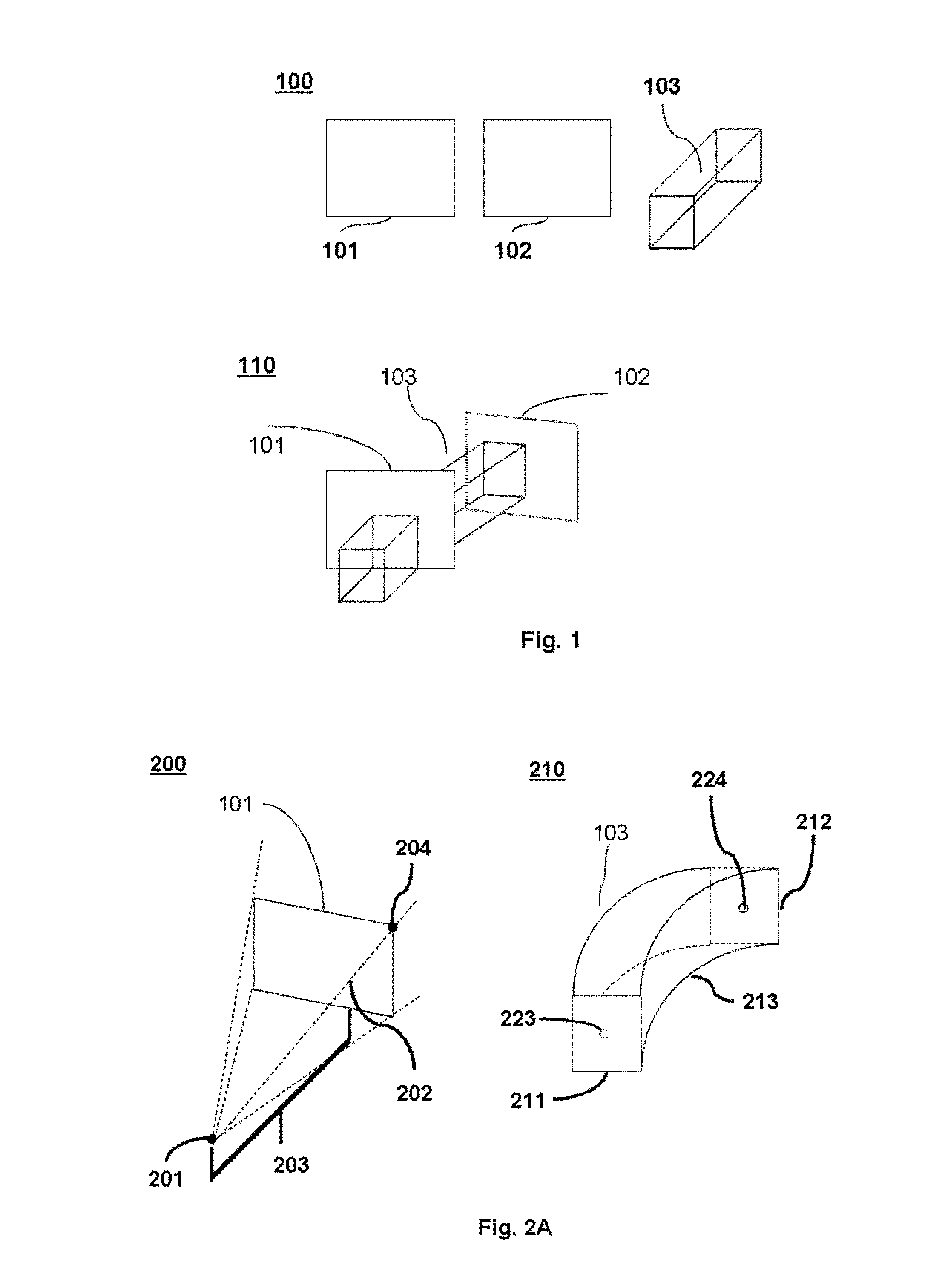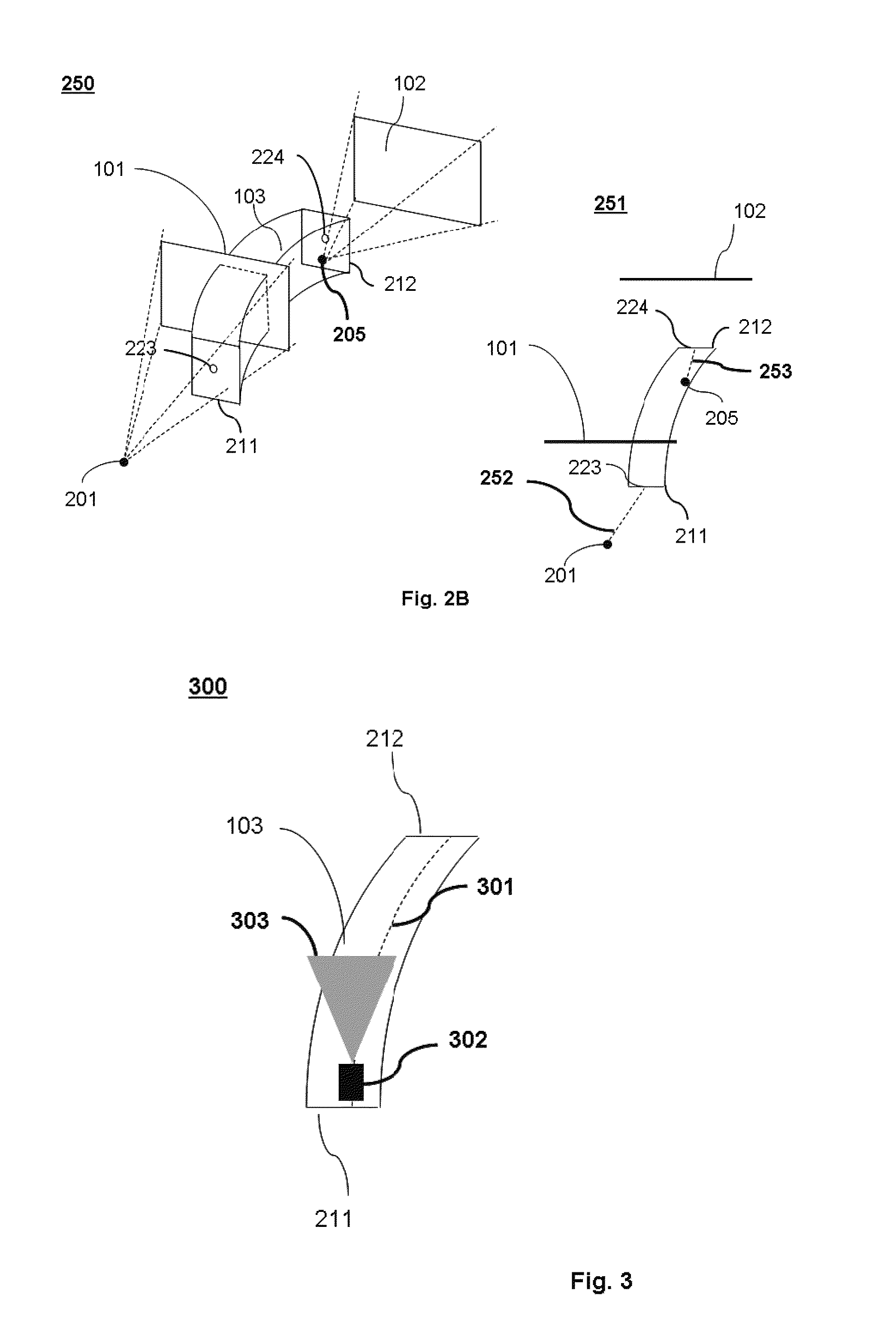Generating three-dimensional virtual tours from two-dimensional images
a two-dimensional image and virtual tour technology, applied in the field of virtual tour generation and presentation, can solve the problems of not being readily available to an ordinary user, expensive equipment, and inability to provide an immersive three-dimensional virtual tour, and achieve the effect of high-quality virtual tours, in general, only possibl
- Summary
- Abstract
- Description
- Claims
- Application Information
AI Technical Summary
Benefits of technology
Problems solved by technology
Method used
Image
Examples
Embodiment Construction
[0046]According to various embodiments of the present invention, a 3D interactive virtual tour is generated from two or more still images such as photographs. Throughout the following description, the terms “image”, “photo”, “photograph”, and “photographic image” are used; however, one skilled in the art will recognize that the present invention can be implemented using any still images and is not limited to photographs. Thus, references to “image”, “photo”, “photograph”, and “photographic image” should be considered to include any still images, pictures, photographs, sketches, and the like.
[0047]In the description provided herein, the following terms are used:[0048]A 2D image is any image, such as a photograph, that is encoded in a digital image file.[0049]A 3D scene is a construct that defines positions and relationships, in 3D space, among two or more 2D images.[0050]A camera is a virtual camera defined in terms of a focal length, position and orientation within the 3D scene. A s...
PUM
 Login to View More
Login to View More Abstract
Description
Claims
Application Information
 Login to View More
Login to View More - R&D
- Intellectual Property
- Life Sciences
- Materials
- Tech Scout
- Unparalleled Data Quality
- Higher Quality Content
- 60% Fewer Hallucinations
Browse by: Latest US Patents, China's latest patents, Technical Efficacy Thesaurus, Application Domain, Technology Topic, Popular Technical Reports.
© 2025 PatSnap. All rights reserved.Legal|Privacy policy|Modern Slavery Act Transparency Statement|Sitemap|About US| Contact US: help@patsnap.com



